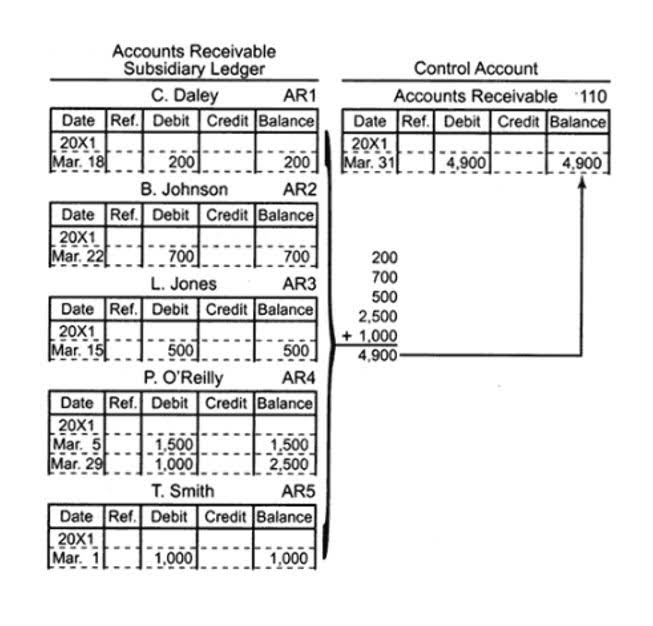4 2 Determining the useful life and salvage value of an asset

If you have an older vehicle with a salvage title, you can expect the vehicle’s value to be between 20% to 40% less than a similar vehicle with a clean title. When it comes to vehicles, salvaged or not, an older vehicle is worth less than a newer vehicle. In terms of salvage value, an older vehicle may take more of a hit than a newer vehicle. Whether your vehicle is significantly damaged or you are considering buying a salvage vehicle, it’s helpful to run the numbers.
Step 2: Subtract Repair Costs

If a company wants to front-load depreciation expenses, it can use an accelerated depreciation method that deducts more depreciation expenses upfront. Many companies use a salvage value of $0 because they believe that an asset’s utilization has fully matched its expense recognition with assets = liabilities + equity revenues over its useful life. Salvage value is also called scrap value and gives us the annual depreciation expense of a specific asset. It must be noted that the cost of the asset is recorded on the company’s balance sheet whereas the depreciation amount is recorded in the income statement. When it comes to managing assets and evaluating their worth over time, understanding how to calculate salvage value is critical for businesses and individuals alike. Salvage value, also known as residual value or scrap value, is the estimated worth of an asset at the end of its useful life.
- In declining balance depreciation, businesses often ignore salvage value until the end of an asset’s life.
- Salvage value is the estimated resale value of an asset at the end of its useful life.
- The scrap value of a machine is essential when selling it, as it determines the selling price and can be re-utilized for purchasing new machinery.
- Auditors should examine salvage value levels as part of their year-end audit procedures relating to fixed assets, to see if they are reasonable.
- If you’re looking at rebuilt title cars for personal use, consider the cost of repairs and safety inspections before you dive into a purchase.
Salvage value formula

A company uses salvage value to estimate and calculate depreciation as salvage value is deducted from the asset’s original cost. A company can also use salvage value to anticipate cash flow and expected future proceeds. Yes, salvage value can be considered the selling price that a company can expect to receive for an asset at the end of its life. On the balance sheet, salvage value contributes to an asset’s net book value, impacting a company’s financial position.

How to Calculate the Salvage Value of …
Also known as scrap value or residual value, it’s important for businesses to calculate the value to find the selling price of old assets. Salvage value is integral in making informed investment decisions, offering insights into the residual value of an asset at the end of its useful life. This estimation assists businesses in evaluating the potential return on investment (ROI) and the overall financial feasibility of acquiring new assets. Accurately estimating the salvage value of your assets is crucial for proper financial planning and asset management. Our Salvage Value Calculator helps you determine the theoretical end-of-life value of your assets and compare it with real market data.
Inventory Management for Small Businesses: Best Ways
The method chosen for a specific asset is based on the accounting standards applicable to that asset. However, determining the exact value of a salvage vehicle often requires some legwork. For example, you might get estimates from local salvage yards to confirm the vehicle is worth more than the insurer’s estimate. The salvage value is the amount of money the insurer would recoup when selling the vehicle through a licensed salvage vendor. So, instead of selling it to a salvage vendor, they allow you to repurchase your car, get the needed repairs and drive it again.

Examples of Salvage Value
Check around with local salvage yards to ensure the salvage value the insurance company quoted you is correct for your vehicle. When you deduct between 20% to 40% of that amount, the vehicle’s estimated value ranges from $6,000 to $8,000. Instead, we empower you to choose wisely by offering real-world insights and support. Everything we create AI in Accounting is built on trust, transparency and a commitment to clarity so that you can move forward with confidence every step of the way. We maintain strict editorial independence to ensure unbiased coverage of the insurance industry.
- There are six years remaining in the car’s total useful life, thus the estimated price of the car should be around $60,000.
- Instead, simply depreciate the entire cost of the fixed asset over its useful life.
- Depreciation is added back to net income when calculating cash flow from operations.
- Depreciation methods assess an asset’s value over time, influencing financial reporting and tax obligations.
- It’s based on what the company thinks they can get if they sell that thing when it’s no longer useful.
In the “Asset Age (Years)” field, input the number of years the asset has been in use since its purchase. This could be the current age of the asset or a future point at which you want to calculate its salvage value. If you are unhappy with the value you are presented, you can discuss that with your agent. If you can prove why you think the value should be higher such as modifications, accessories, or lower than average mileage, you can often get a higher valuation in your favor. Scrap value might be when a company breaks something down into its basic parts, like taking apart an old company car to sell the metal. This is often the case with low-cost assets such as office supplies or furniture.

How to Calculate Salvage Value for Business and Personal Assets
Salvage value or Scrap Value is the estimated value of an asset after its useful life is over and, therefore, cannot be used for its original purpose. For example, if the machinery of a company has a life of 5 years and at the end of 5 years, its value is only $5000, then $5000 is the salvage value. There are six years remaining in the car’s total useful life, thus the estimated price of the car should be around $60,000. how to determine salvage value The majority of companies assume the residual value of an asset at the end of its useful life is zero, which maximizes the depreciation expense (and tax benefits). A company called ABC purchased a vehicle costing Rs.12,000 with a depreciation of 10% for five years.
Yes, companies may assign a salvage value of zero to an asset, especially if its residual worth is minimal or disposal costs are high. Depreciating an asset to zero can simplify accounting and maximize depreciation expenses for tax purposes. This accelerated depreciation method assumes assets lose more value in their early years. Since depreciation is calculated at a higher rate, businesses often set salvage value to zero for simplicity.
